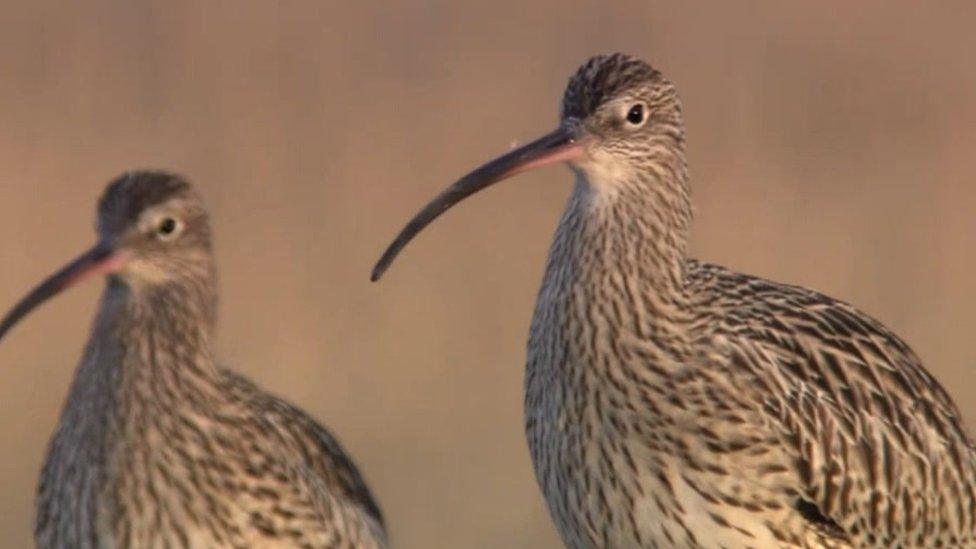Birdsong plays in buildings to highlight decline in birds
- Published
Songs of the UK's birds for RSPB campaign
Birdsong is being played in public buildings to highlight the decline in the UK bird population.
More than 5,000 venues are taking part, including London Underground stations, shops, Murryfield and Hampden Park stadiums and Lincoln Cathedral.
The RSPB said it was to a reminder of "what we all stand to lose if the crisis facing nature is not addressed".
According to a recent government report, the number of birds living on farmland has decline by 46% since 1970.
The recording features 25 British birds, including the bittern, blackbird, cuckoo, nightingale, robin, skylark, and tawny owl.
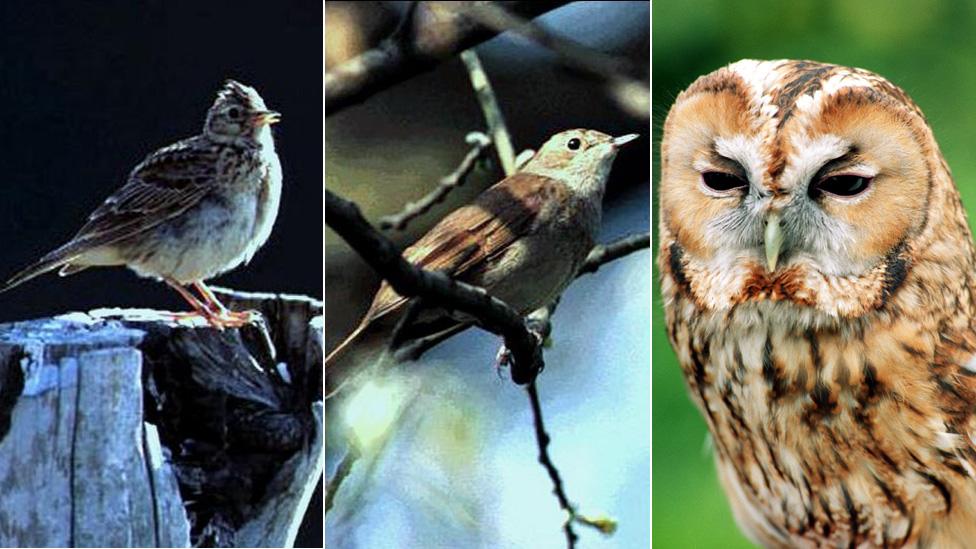
The recordings include the skylark, nightingale and tawny owl
Over the summer the RSPB released a single called Let Nature Sing featuring the song of 25 different threatened and endangered UK birds.
Rebecca Munro, from the charity, said the UK had lost "over 40 million birds in just half a century".
"We all need birdsong in our daily life, but our natural world is in crisis, our wildlife is falling silent," she said.
"When looking at the evidence it is no surprise to see that more people recognise that something is not right with our natural world, and that the public feel strongly that addressing climate change and the environment should be a top issue for today's politicians looking to create a legacy future generations will be proud of."
The charity is also streaming the birdsong online.
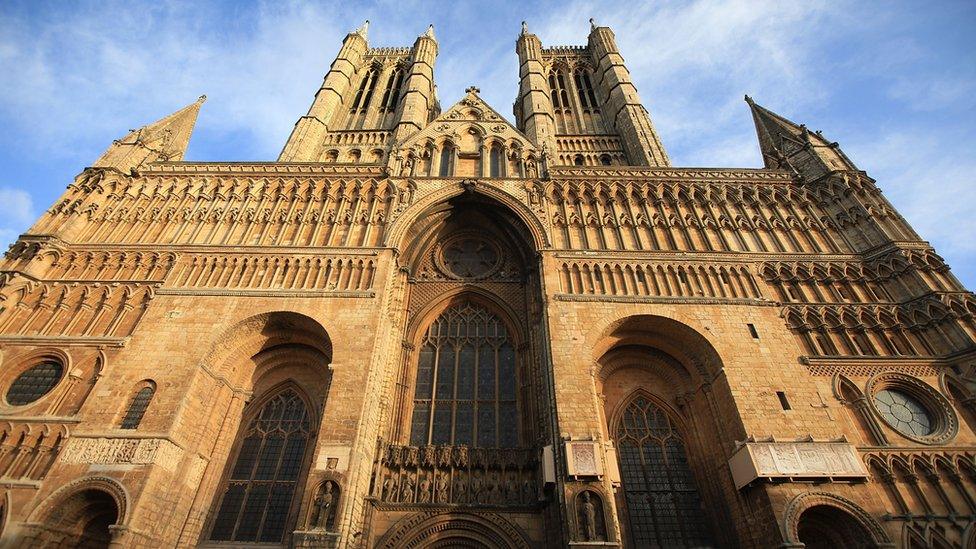
Venues taking part include Lincoln Cathedral

Bird populations in the UK
Farmland birds: Since 1970, 21% of species showed a weak increase, 16% showed no change and 63% showed either a weak or a strong decline. The birds with the largest declines were corn buntings, grey partridge, turtle doves and tree sparrows.
Woodland birds: Since 1970, 27% of species increased, 38% showed no change and 35% declined, the majority of the latter showing a strong decline. The birds with the largest declines were the lesser spotted woodpecker, lesser redpoll, spotted flycatcher, capercaillie and willow tit.
Water and wetlands birds: Over the long term, 36% of species increased, 36% showed no change and 28% declined, with more species exhibiting a weak rather than a strong change. The most affected birds included yellow wagtails, snipes and sedge warblers.
Sea birds: Since 1986, 23% of 13 seabird species showed a weak increase, 46% showed no change and 31% showed either a weak or a strong decline. The most affected were the Arctic skua and black-legged kittiwakes.

Follow BBC East Yorkshire and Lincolnshire on Facebook, external, Twitter, external, and Instagram, external. Send your story ideas to yorkslincs.news@bbc.co.uk, external.
- Published19 September 2019
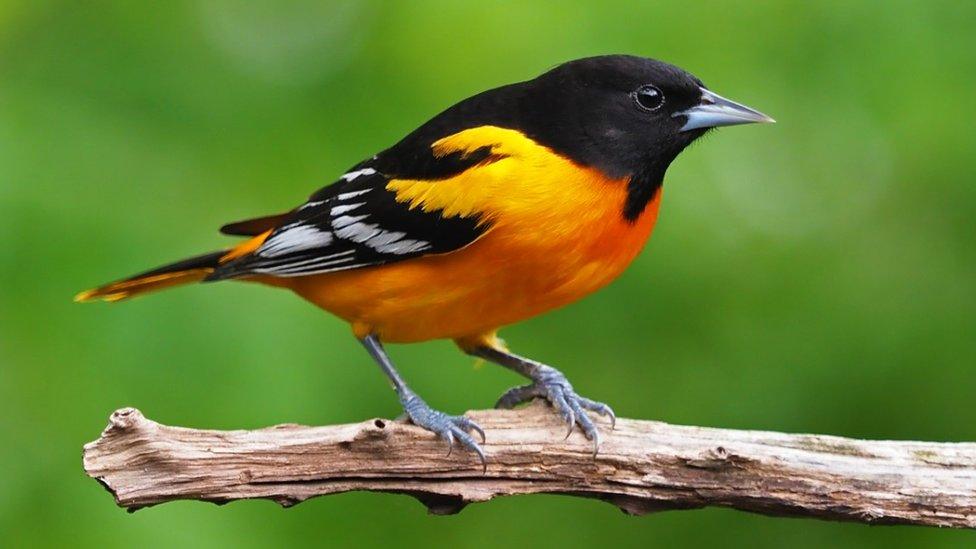
- Published29 August 2019

- Published28 May 2019

- Published26 April 2019
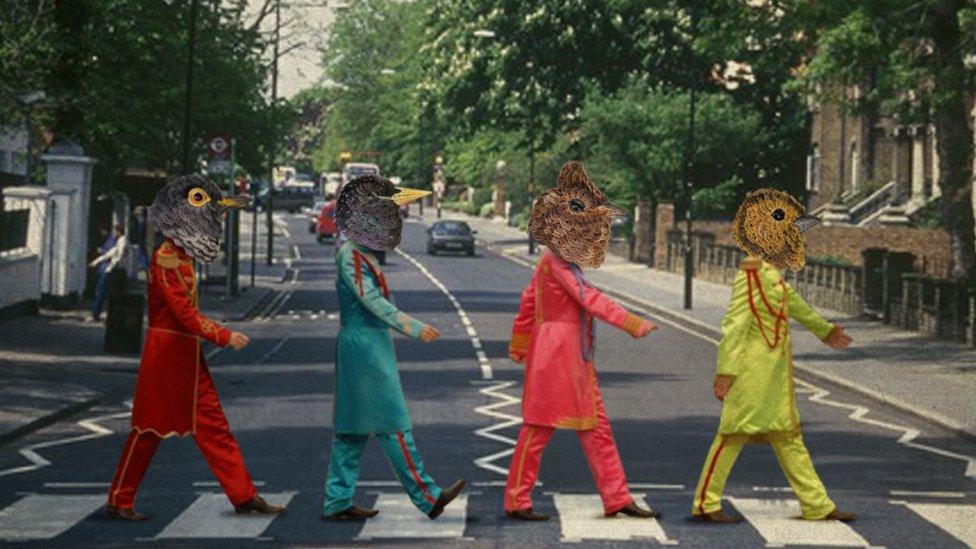
- Published19 April 2019
